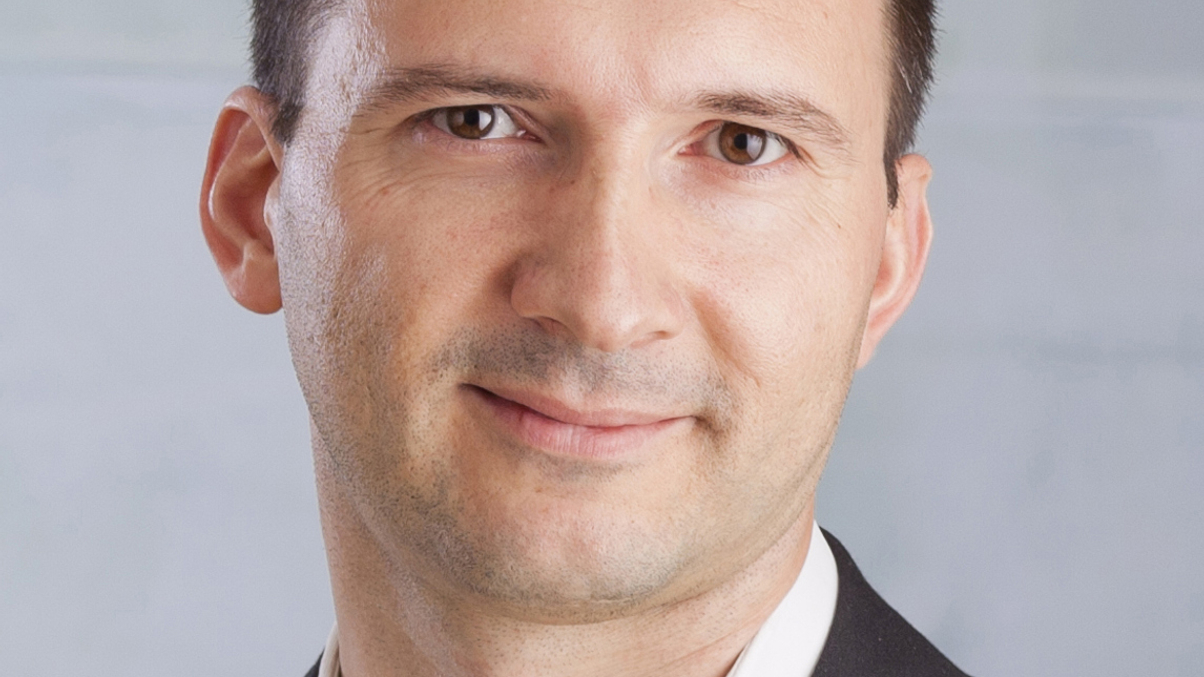Nordea Asset Management starts regional buildout
Nordea Asset Management will begin distributing its Ucits product range to Singapore and Hong Kong institutional and accredited investors, and has hiring plans.

Nordea Asset Management is in the process of building a new distribution platform in Singapore and aims to partner with a sub-adviser in Hong Kong or Singapore.
Sign In to Your Account
Access Exclusive AsianInvestor Content!
Please sign in to your subscription to unlock full access to our premium AI resources.
Free Registration & 7-Day Trial
Register now to enjoy a 7-day free trial—no registration fees required. Click the link to get started.
Note: This free trial is a one-time offer.
¬ Haymarket Media Limited. All rights reserved.


